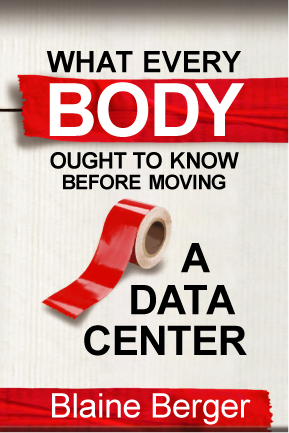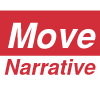 In this book excerpt from “What Everybody Ought to Know Before Moving a Data Center“ by Blaine Berger, the importance of a Move Narrative is explained.
In this book excerpt from “What Everybody Ought to Know Before Moving a Data Center“ by Blaine Berger, the importance of a Move Narrative is explained.If you have too many items undecided or changing constantly, your move might be feasible—you just won’t have any confidence in its feasibility. Even worse, you’ll be unable to defend the move’s feasibility to management.
The best way to handle this uncertainty is to document what you know right now. As you learn more, your Move Narrative will take shape. Take this move narrative quiz:
- What is moving?
- When is it moving?
- How is it moving?
- Who is doing the move planning, execution, and clean-up?
- Do you have a budget?
- Do you have a written move plan?
- How much downtime can you tolerate?
- Do you have a physical inventory?
- Do you have an application inventory?
- Do you have documented network drawings?
- Do you have equipment elevation drawings for the destination?
- What specialized equipment do you have that requires extra attention?
- Do you have a plan for decommissioning the origin?
- Do you have a plan to celebrate your success?
Don’t worry about incomplete answers. You’ve taken the first step to documenting your move narrative.
Why is a move narrative important?
Because a move narrative helps you organize your initial thoughts and:
- Becomes the historical record along your journey, allowing others to quickly understand the decisions no matter when they come onboard.
- Shapes your actions and narrows your focus, highlighting the elements of uncertainty for attention.
- Informs your initial communication you will articulate to staff and vendors.
- Keeps you from chasing out-of-sequence activities that might have to be re-done anyway.
As you learn about the data center move phases, revisit your move narrative often. By the end of this book, your data center move narrative will mature before your eyes.
Read more and get your copy at http://datacentermoving.com/guide
